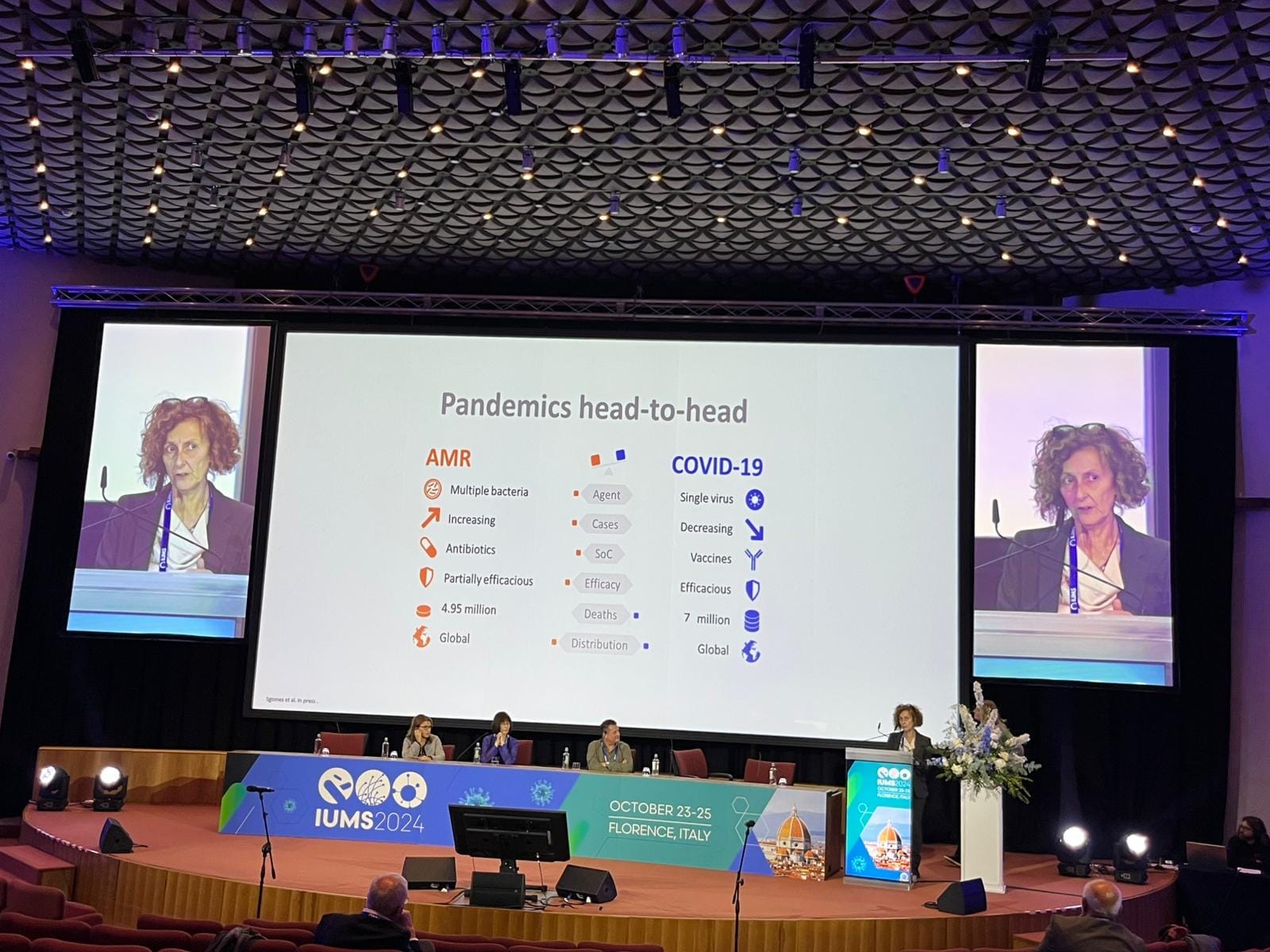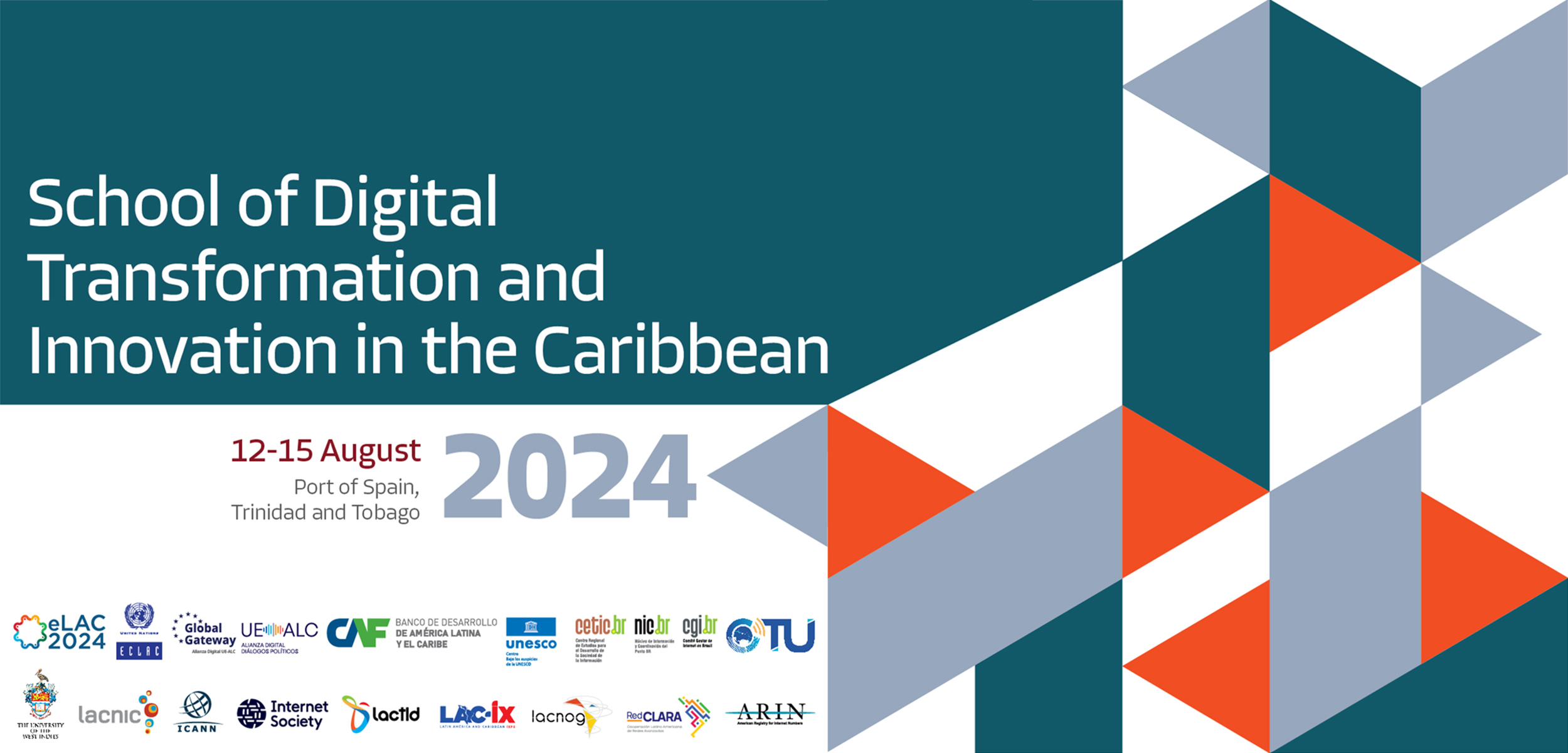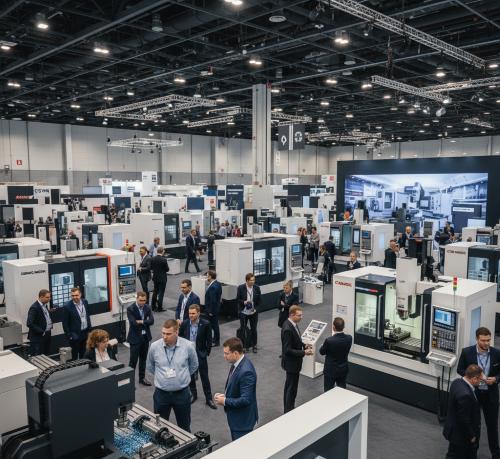

Minister of Steel Development Assures Investors of Conducive Environment for Mineral Processing Plants
Kasim Sumaina in Abuja
The Minister of Steel Development, Shuaibu Audu, has assured investors of the Federal Government’s commitment to providing a conducive environment for various mineral processing plants across the country.
Audu emphasized that the government’s actions align with the Sustainable Development Goals (SDGs) and the proposed roadmap for the Ministry of Steel Development. The roadmap aims to locally produce transition metals with value addition, ensuring sustainable development and job creation in the mining sector.
Enforcing Local Processing of Raw Materials
Audu highlighted the importance of enforcing the processing of raw materials locally. This approach will not only contribute to forex proliferation but also generate employment opportunities for both skilled and unskilled workers in the mining sector.
African Natural Resources and Energy Summit: Towards a Just Transition
The minister made these statements during his keynote address at the 2nd edition of the African Natural Resources and Energy Summit in Abuja. The summit focuses on the theme “Towards a Just Transition,” highlighting Nigeria’s responsibility in balancing resource development and environmental sustainability.
Adding Value to the Mining Sector: Locally Producing Transition Metals
Audu expressed his honor to address the summit and emphasized the importance of adding value to the mining sector through local production of transition metals. These metals are crucial for the development of green technologies and their global demand has surged. Africa has vast untapped potential to meet this demand, and local production can foster economic growth, job creation, and technological innovation while maintaining control over the resource value chain.
Investing in domestic refining and production capabilities is a strategic shift that requires collaboration among governments, industry stakeholders, and investors. It also calls for a commitment to sustainability, incorporating responsible mining practices and environmentally friendly production techniques to mitigate adverse impacts on the ecosystem.
Supporting Local Production of Transition Metals
As the Minister of Steel Development, Audu reaffirmed his commitment to supporting initiatives that promote the local production of transition metals. He proposed the establishment of the Host Communities Mineral Development Fund (HCMD) to address challenges faced by investors regarding ownership of mineral deposits by local communities.
Audu emphasized the government’s dedication to a sustainable future in steel production, aligning advancements with global environmental standards. He urged participants at the summit to consider the long-term implications of their decisions and actions.
Unwavering Commitment to Steel Sector Development
Audu concluded by reiterating the government’s unwavering commitment to developing the steel sector. The focus remains on job creation, attracting investments, and contributing significantly to Nigeria’s Gross Domestic Product (GDP). These efforts align with President Tinubu’s renewed hope agenda, which aims to make Nigeria a G-20 economy by 2031.
SDGs, Targets, and Indicators
1. Which SDGs are addressed or connected to the issues highlighted in the article?
- SDG 8: Decent Work and Economic Growth
- SDG 9: Industry, Innovation, and Infrastructure
- SDG 12: Responsible Consumption and Production
- SDG 13: Climate Action
- SDG 15: Life on Land
The article discusses the need for local processing of raw materials, job creation, economic growth, and responsible mining practices, which are all connected to the above-mentioned SDGs.
2. What specific targets under those SDGs can be identified based on the article’s content?
- SDG 8.2: Achieve higher levels of economic productivity through diversification, technological upgrading, and innovation.
- SDG 9.2: Promote inclusive and sustainable industrialization and foster innovation.
- SDG 12.2: Achieve sustainable management and efficient use of natural resources.
- SDG 13.3: Improve education, awareness-raising, and human and institutional capacity on climate change mitigation, adaptation, impact reduction, and early warning.
- SDG 15.3: Combat desertification, restore degraded land, and strive to achieve a land degradation-neutral world.
The targets mentioned above align with the goals of the Ministry of Steel Development to promote economic growth through innovation, sustainable industrialization, responsible resource management, climate change mitigation, and land restoration.
3. Are there any indicators mentioned or implied in the article that can be used to measure progress towards the identified targets?
- Indicator for SDG 8.2: Gross domestic product (GDP) per capita, productivity, and employment rates.
- Indicator for SDG 9.2: Manufacturing value added as a percentage of GDP and level of research and development expenditure.
- Indicator for SDG 12.2: Material footprint, domestic material consumption, and waste generation per capita.
- Indicator for SDG 13.3: Number of countries that have communicated the strengthening of institutional capacity to implement adaptation, mitigation, and technology transfer.
- Indicator for SDG 15.3: Proportion of land that is degraded over total land area.
These indicators can be used to measure progress in achieving the targets related to economic productivity, industrialization, resource management, climate change awareness, and land degradation.
4. Table: SDGs, Targets, and Indicators
| SDGs | Targets | Indicators |
|---|---|---|
| SDG 8: Decent Work and Economic Growth | 8.2: Achieve higher levels of economic productivity through diversification, technological upgrading, and innovation. | Gross domestic product (GDP) per capita, productivity, and employment rates. |
| SDG 9: Industry, Innovation, and Infrastructure | 9.2: Promote inclusive and sustainable industrialization and foster innovation. | Manufacturing value added as a percentage of GDP and level of research and development expenditure. |
| SDG 12: Responsible Consumption and Production | 12.2: Achieve sustainable management and efficient use of natural resources. | Material footprint, domestic material consumption, and waste generation per capita. |
| SDG 13: Climate Action | 13.3: Improve education, awareness-raising, and human and institutional capacity on climate change mitigation, adaptation, impact reduction, and early warning. | Number of countries that have communicated the strengthening of institutional capacity to implement adaptation, mitigation, and technology transfer. |
| SDG 15: Life on Land | 15.3: Combat desertification, restore degraded land, and strive to achieve a land degradation-neutral world. | Proportion of land that is degraded over total land area. |
Copyright: Dive into this article, curated with care by SDG Investors Inc. Our advanced AI technology searches through vast amounts of data to spotlight how we are all moving forward with the Sustainable Development Goals. While we own the rights to this content, we invite you to share it to help spread knowledge and spark action on the SDGs.
Fuente: thisdaylive.com

Join us, as fellow seekers of change, on a transformative journey at https://sdgtalks.ai/welcome, where you can become a member and actively contribute to shaping a brighter future.






